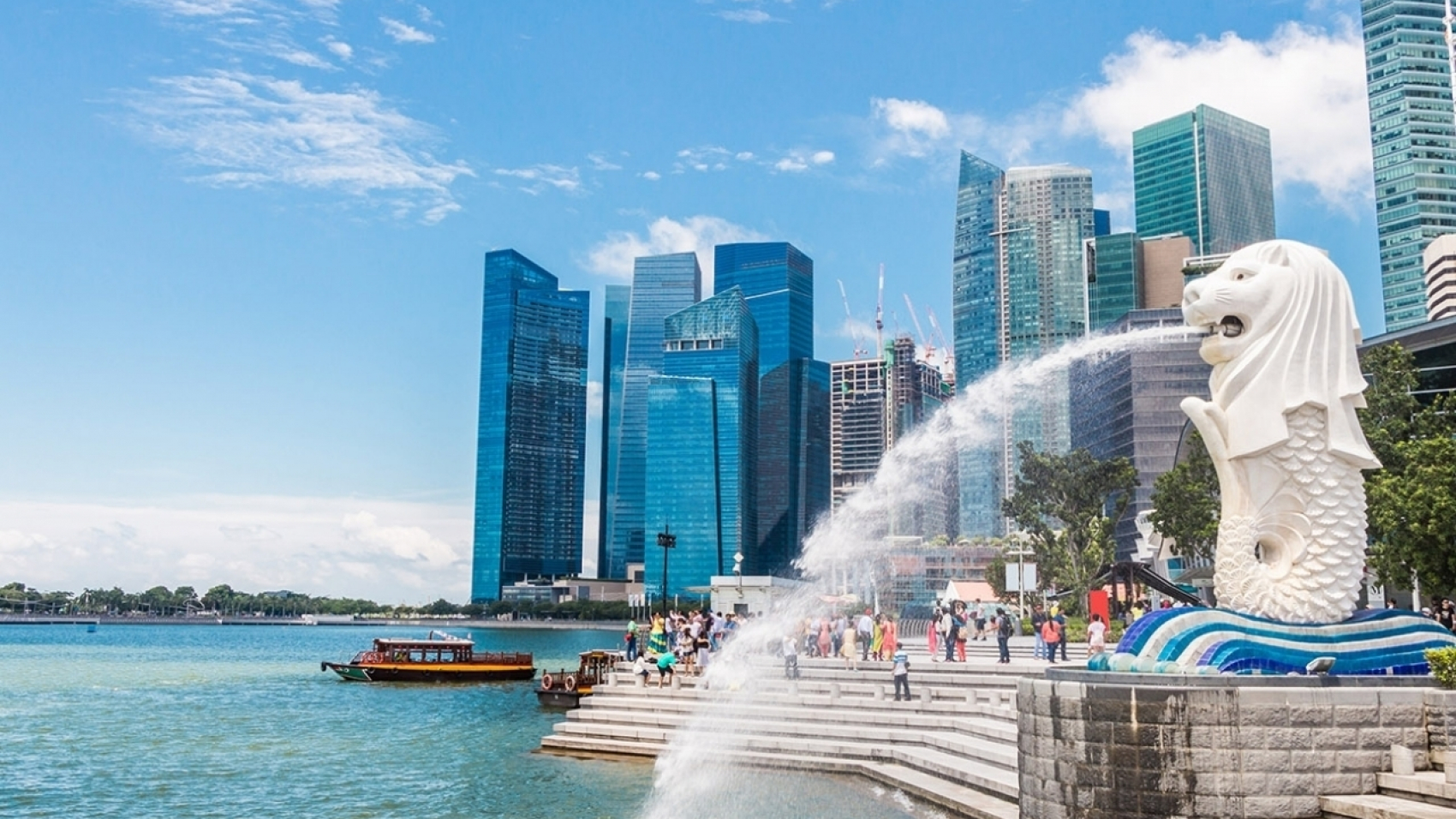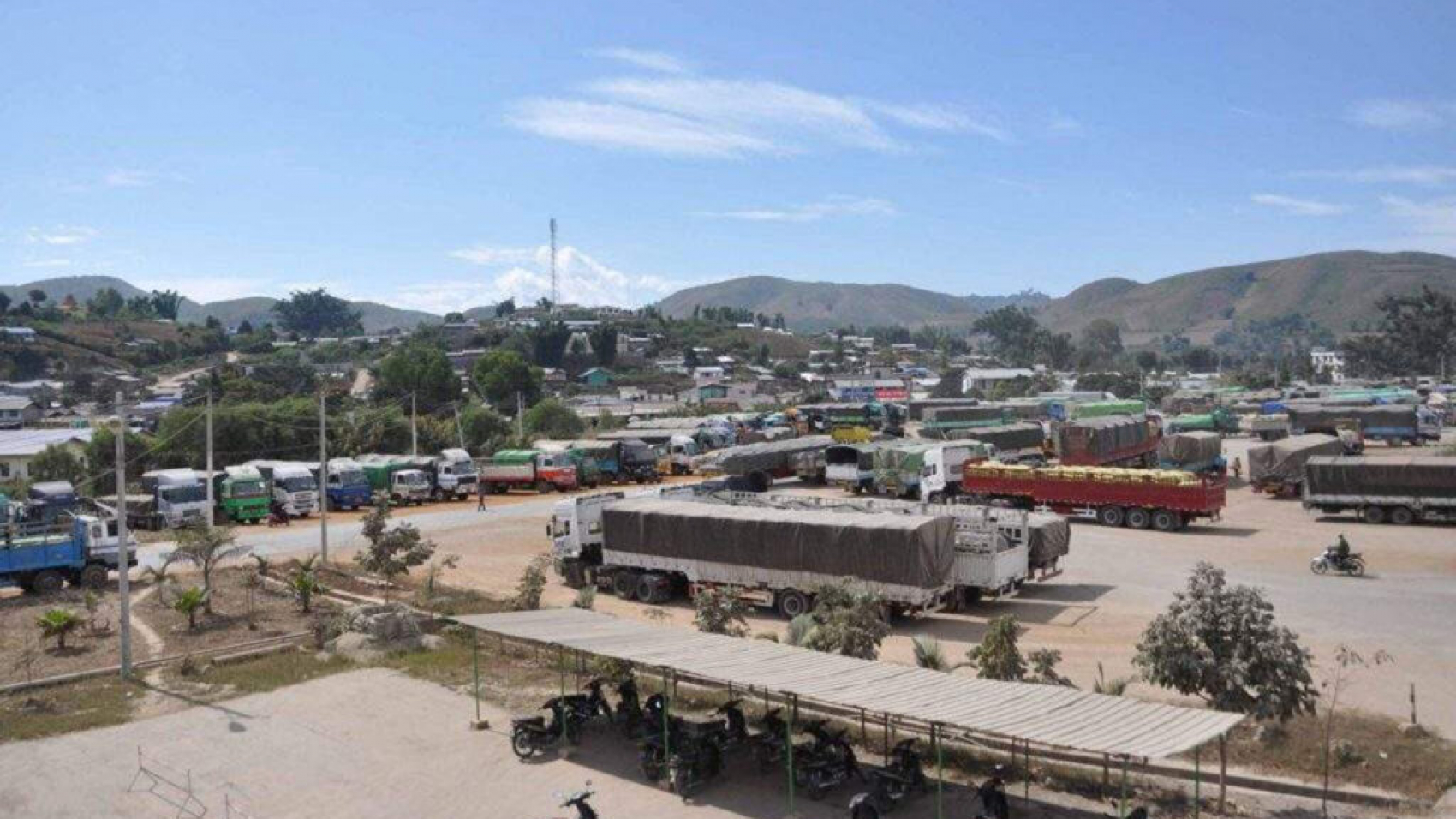The waterway transport sector plays a key role in the inflow of various marine products and swift and smooth flow of commodities into the Yangon fish market which is a distribution hub of marine products to Yangon Region as well as to other regions and states on a daily basis. Freshwater and seawater marine products from the Ayeyawady Region flow into two fish markets in Yangon – Central Sanpya Fish Market and Shwepadauk Fish Market. In order to meet the local demand for marine products, freshwater fish products are being produced. But heavy rains may inundate fish farms, causing loss and damage.
Hence, local fish farmers net fish at the fish farms before the monsoon and reduced the number of fingerlings at the farms due to the high prices of aquafeeds. Consequently, the inflow of freshwater rohu and sturgeon into the market declined in July and August less than in the remaining months. Two kinds of fish are taking market shares in local consumption of Yangonites and those from the countryside. Fish farmers transport their aqua products to the Yangon market along Twantay Canal but they unexpectedly face some cases of extortion of marine products and money as robberies committed by unscrupulous persons along the route.
As such, they encounter difficulties in waterway security measures. “In fact, the Central Sanpya Fish Market and Shwepadauk Fish Market are of importance not only for Yangon Region but for marine product consumption of the whole nation. Regularly, more than 300,000 visses of freshwater products and some 100,000 visses of seawater fish products flow into the markets. This month, the volume of marine products dropped in the markets. Although seawater products flow into the market on tidal days, as usual, the inflow process of freshwater fish into the market faces some difficulties with security measures. So, motor schooners do not accept hire for transporting the fish products.
Moreover, the shortage of labour to be assigned to transport fish products is one of the punches on the fish farmers when they pass the Twantay Canal. So, marine products do not flow into the market in competitiveness. After enquiring about the market situation, they decided things whether they should send their products to the market or not. Only when they firmly contact the purchasers will they do their business. As a result, the volume of freshwater fish products declines more its flow into the market,” said U Aung Kaung Kywe from the Myanmar Food Part Co Ltd.
Various freshwater fish species such as sturgeon, rohu, Barbus, tilapia and river catfish and seawater fish species namely tuna, bummalo, catla, and seawater shrimps are primarily sent to the Yangon fish market from fish farms in Twantay and Maubin fish firms. More than 500,000 visses of marine products flowed into the Yangon fish market on a daily basis but more than 250,000 visses of marine products enter the market now. If the road transport for freshwater marine products leading to the Yangon fish market is safe, local fish farmers will have a chance to cut the transport charge, contributing much to the inflow of a larger volume of freshwater products to Yangon.
Source: The Global New Light of Myanmar


